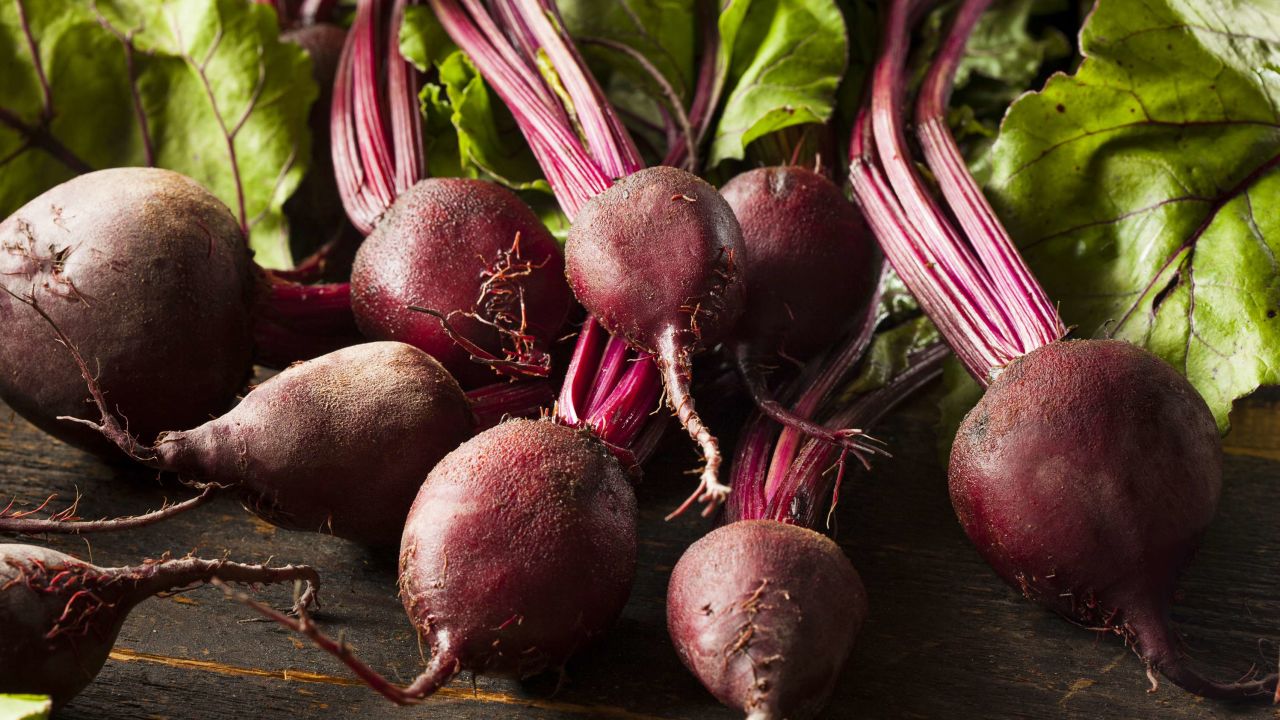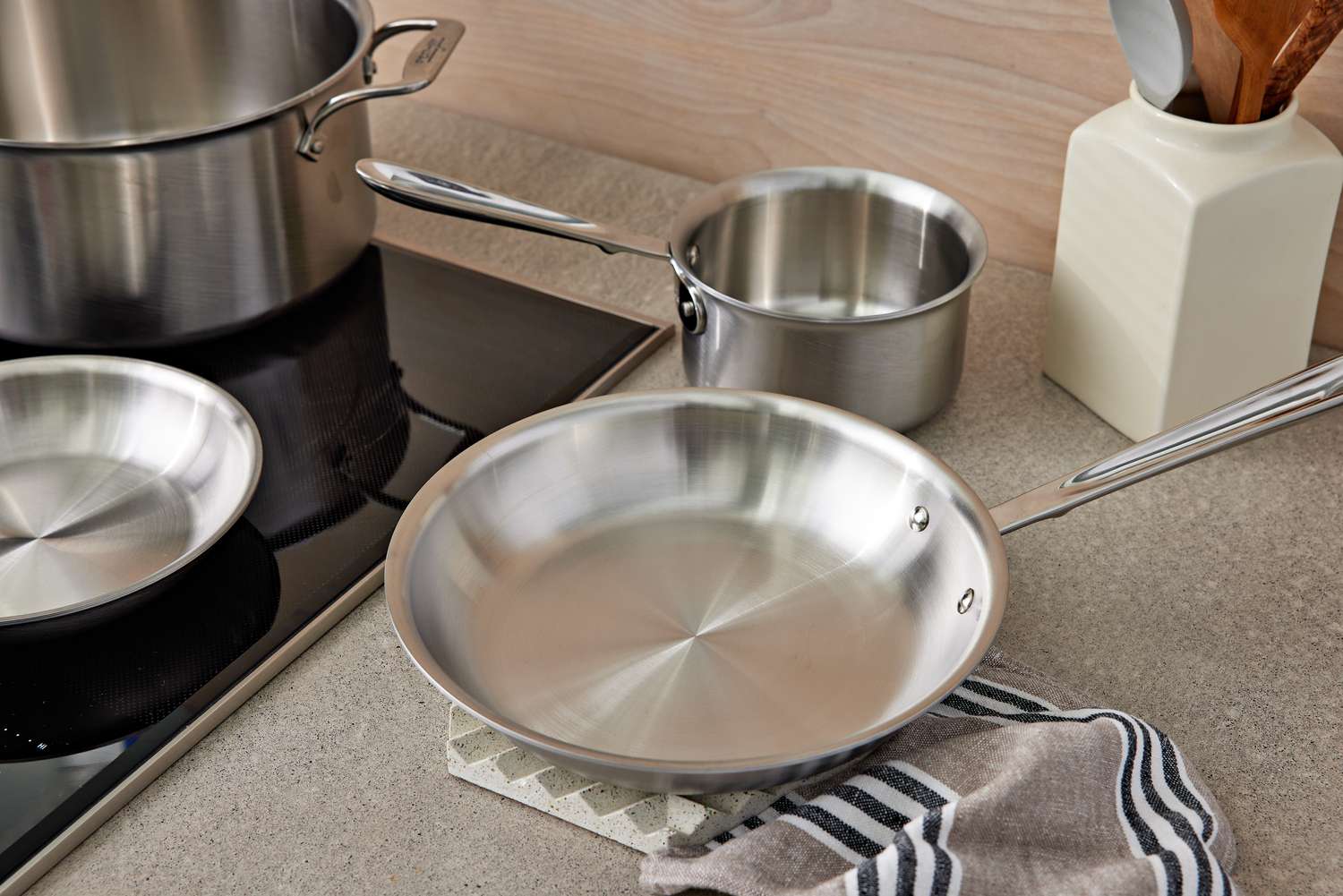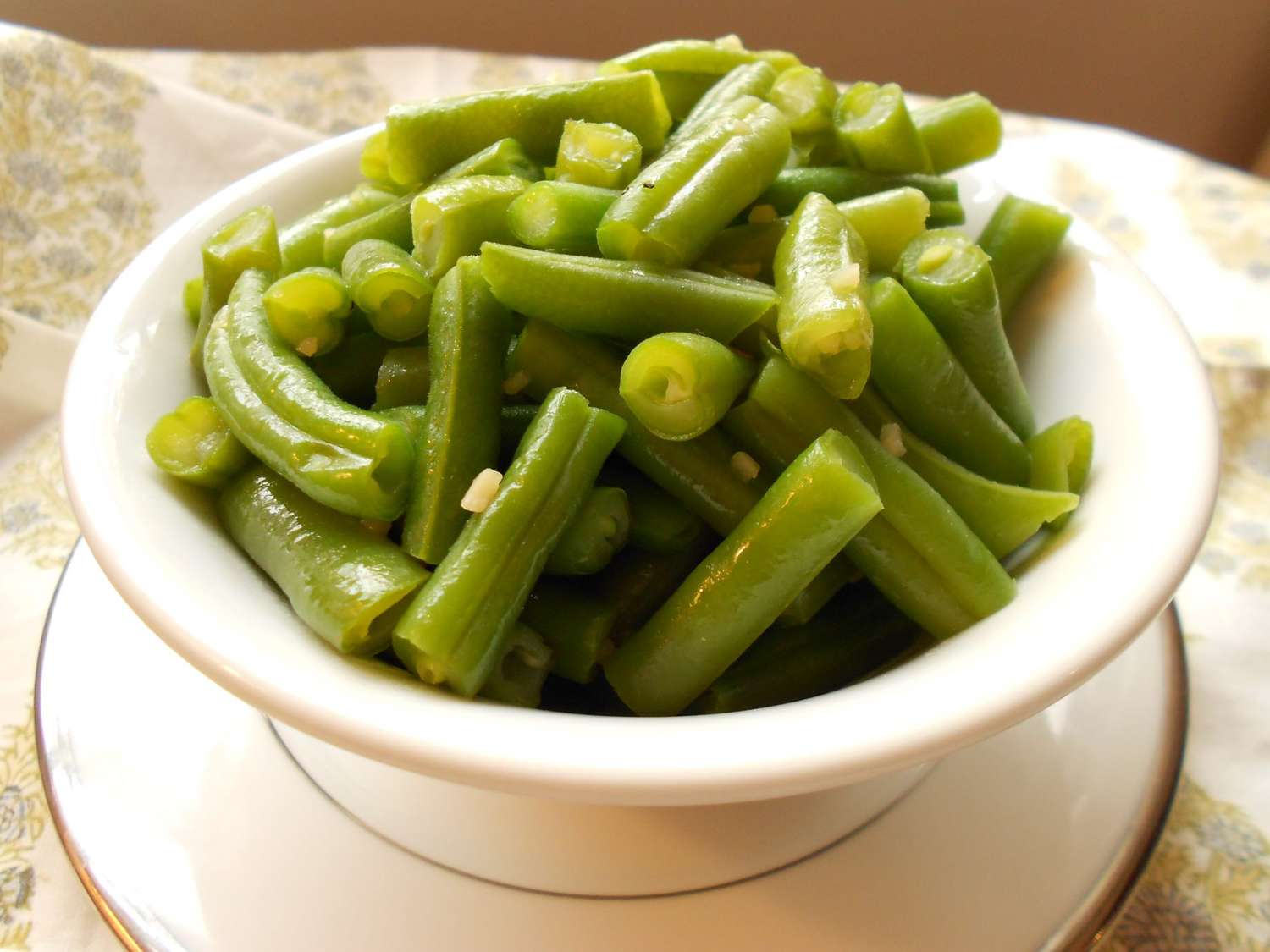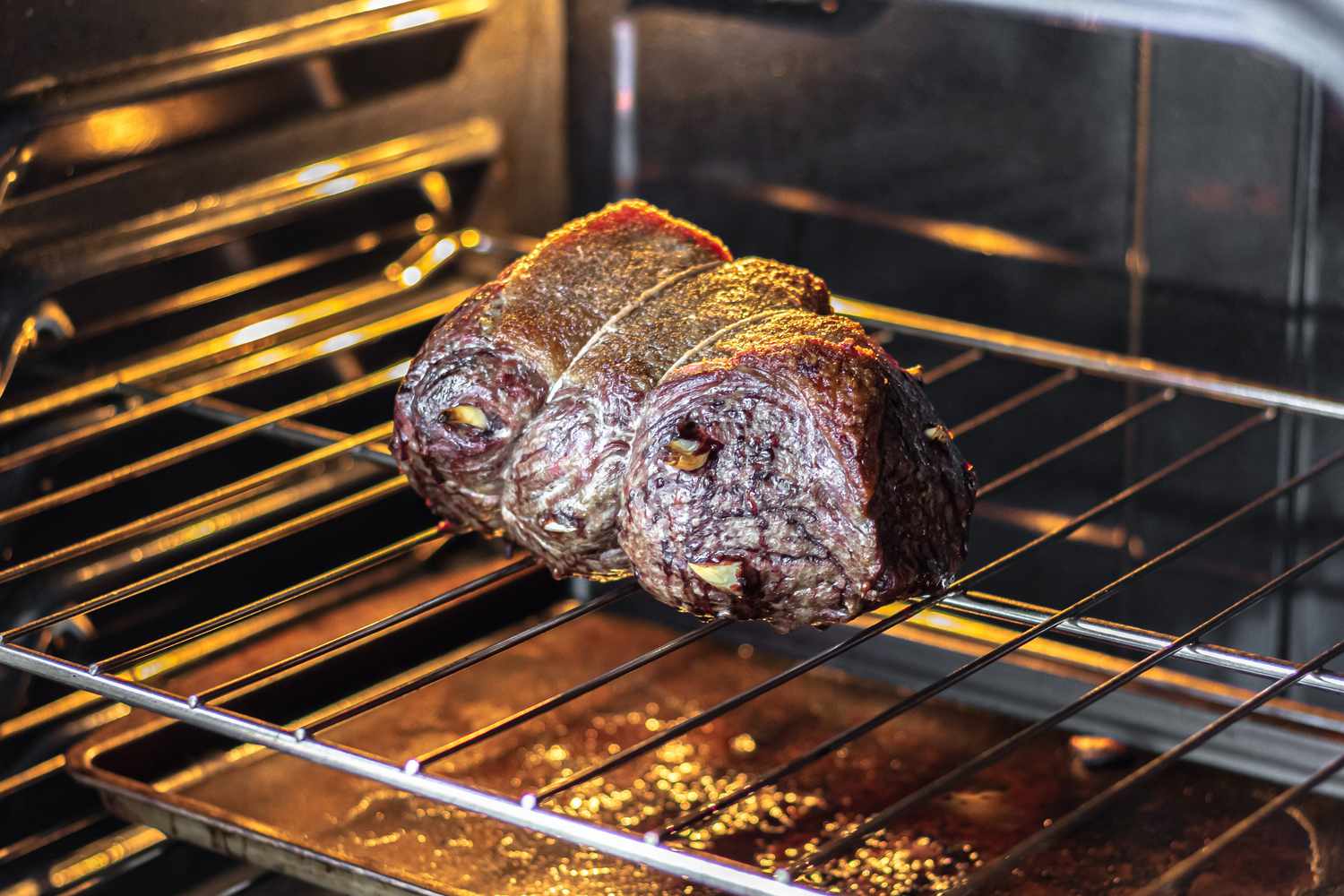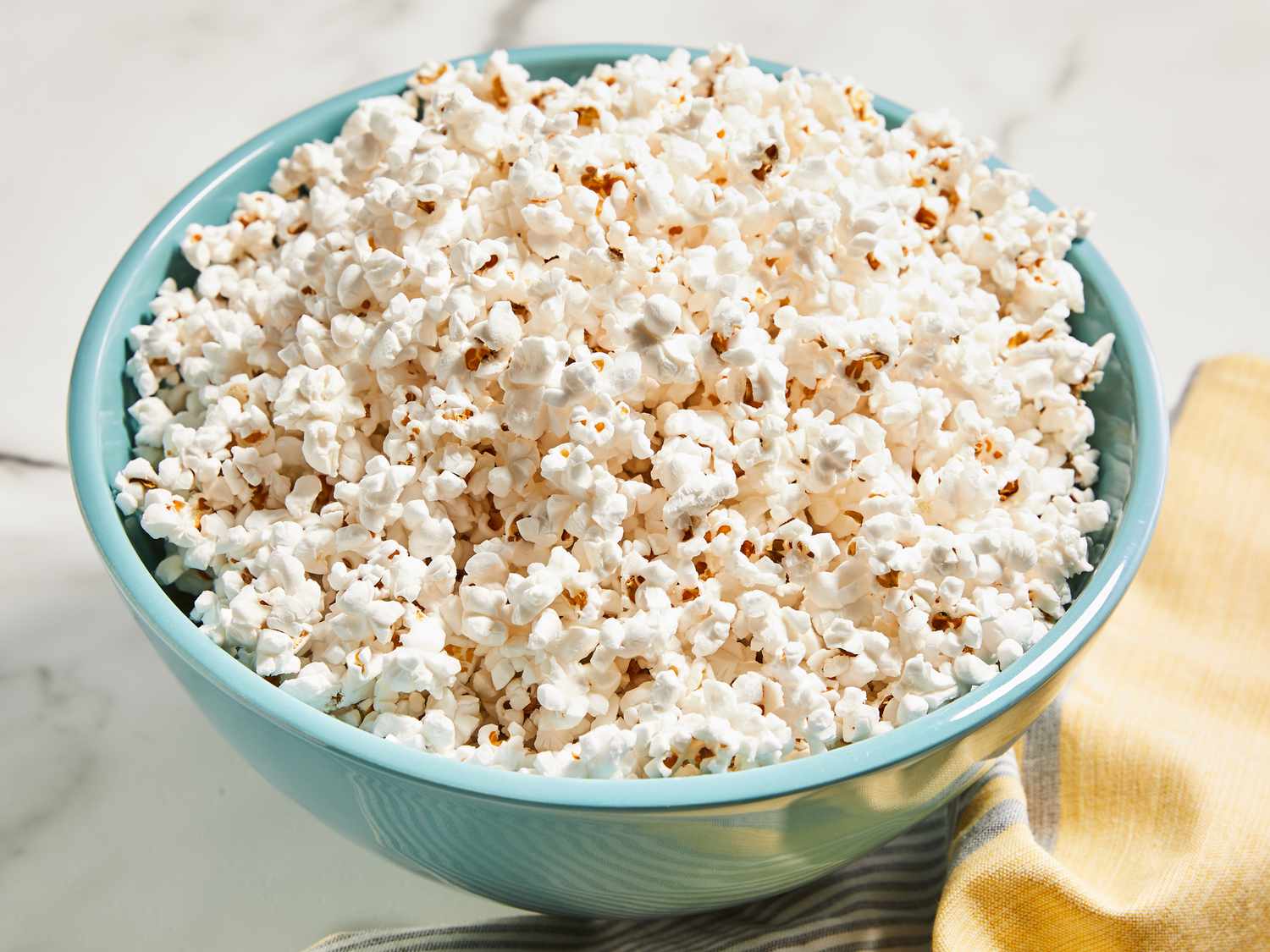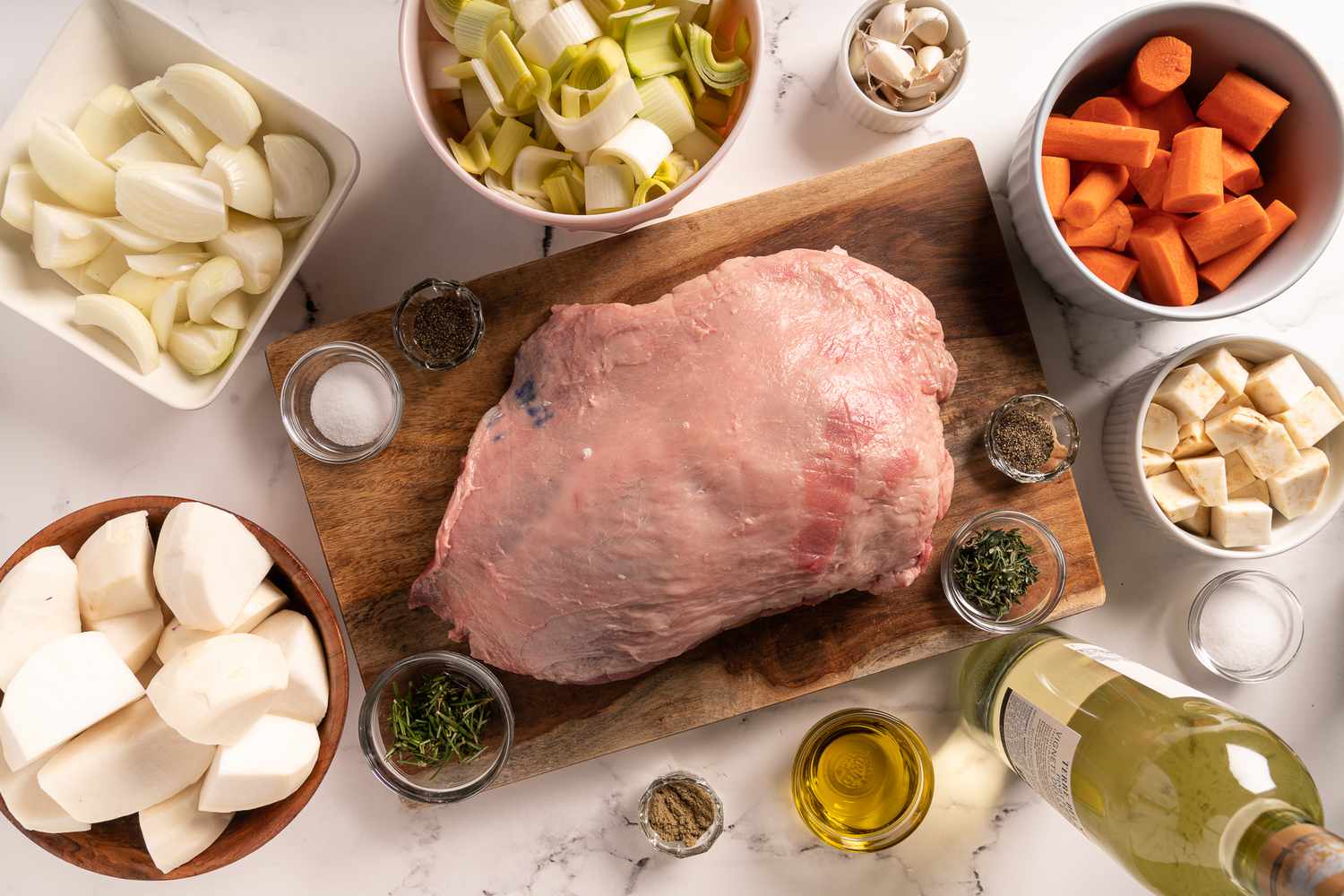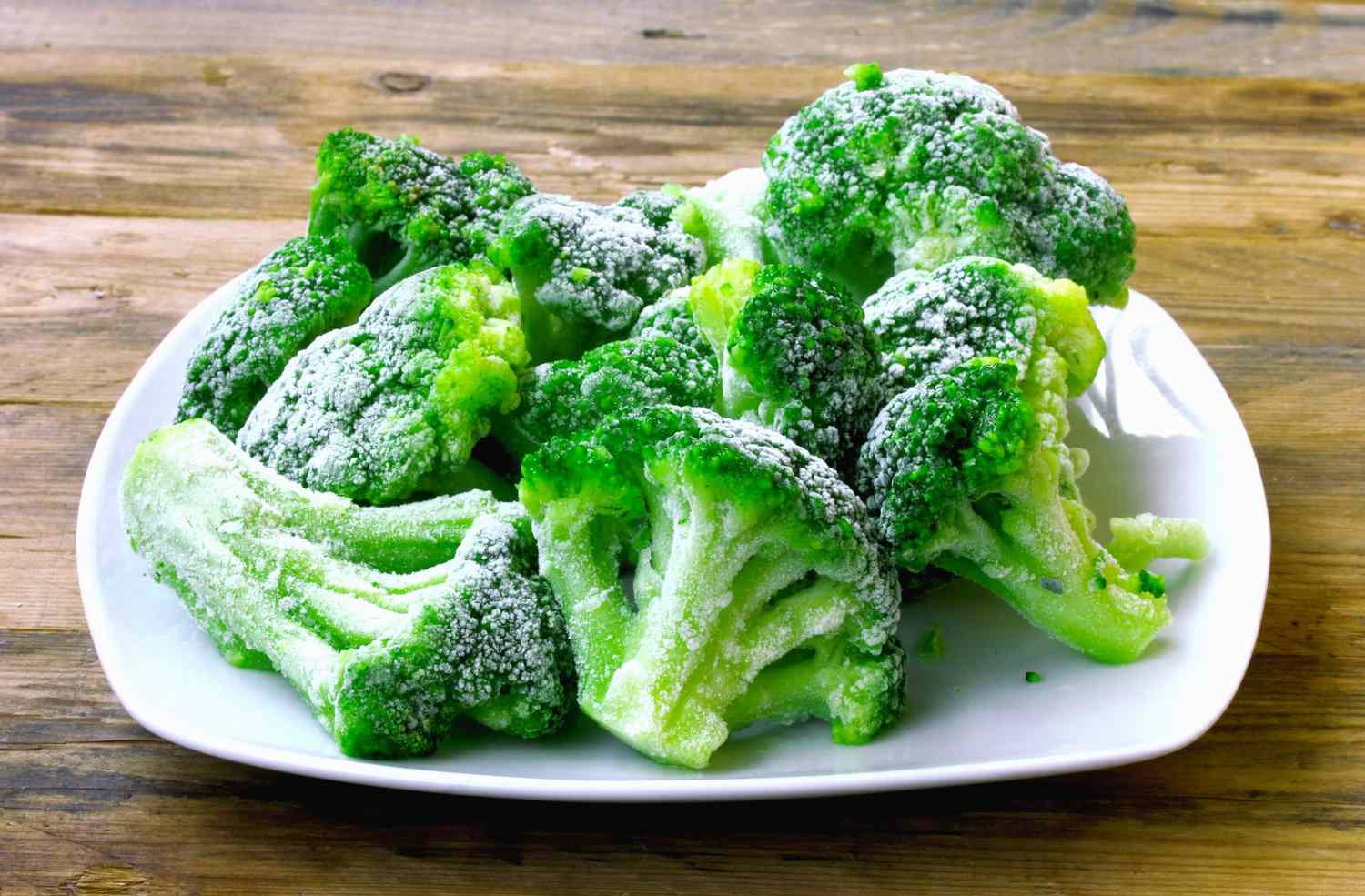Unlock the Flavors of Lemon Grass in Your Cooking
If you’re looking to add a burst of citrusy and aromatic flavors to your culinary creations, look no further than lemon grass. This versatile ingredient, commonly used in Southeast Asian cuisine, is not only delicious but also offers a wide range of health benefits. In this article, we’ll explore different ways to cook with lemon grass and unleash its full potential in your kitchen.
Elevate Your Soups and Broths
Lemon grass is a fantastic addition to soups and broths, imparting a refreshing citrusy taste. To incorporate this ingredient, start by bruising the stalks slightly to release its aromatic oils. Then, simply add the whole stalks to your simmering broth or soup base. For an intense lemon grass flavor, gently crush the stalks before adding them to the pot. Remember to remove the stalks before serving.
Infuse Marinades and Dressings
For a zesty twist to your marinades and dressings, consider infusing them with lemon grass. Finely chop the tender white part of the stalk and whisk it into your favorite marinade or dressing recipe. The tangy and aromatic notes of lemon grass will give your dishes a unique and vibrant taste profile. Whether you’re marinating meats, drizzling it over salads, or dressing your vegetables, lemon grass is sure to impress.
Add Flavor to Stir-Fries and Curries
Lemon grass adds depth and complexity to stir-fries and curries. Slice the tender lower part of the stalk into thin rounds and stir-fry it with your choice of protein, vegetables, and spices. The citrusy flavors of lemon grass will complement the rich and savory components of these dishes, creating a harmonious balance of tastes. Remember to remove the fibrous stalks before serving, as they are not meant to be consumed.
Get Creative with Beverages and Desserts
Why limit lemon grass to savory dishes when you can experiment with it in your beverages and desserts as well? Brew a refreshing lemon grass tea by steeping the stalks in hot water and sweetening it with honey or sugar. You can also blend it into smoothies for a unique tropical twist. In desserts, infusing lemon grass into custards, ice creams, or sorbets can add an unexpected burst of flavor.
Health Benefits of Lemon Grass
Aside from its delightful taste, lemon grass offers various health benefits. It contains compounds that have anti-inflammatory, antioxidant, and antimicrobial properties. Additionally, it is rich in vitamins A and C, folate, iron, potassium, magnesium, and zinc. Incorporating lemon grass into your cooking not only enhances the flavor of your dishes but also contributes to your overall well-being.
Conclusion
Lemon grass is a versatile ingredient that can elevate your cooking to new heights. Whether you’re adding it to soups, infusing it in marinades, using it in stir-fries, or getting creative with beverages and desserts, lemon grass offers a refreshing citrusy flavor that will impress your taste buds. Don’t forget to explore its health benefits too and enjoy the boost of nutrients it provides. So go ahead, unleash the flavors of lemon grass in your kitchen and create culinary masterpieces!
Was this page helpful?
Read Next: How To Cook Artichokes On The Grill
